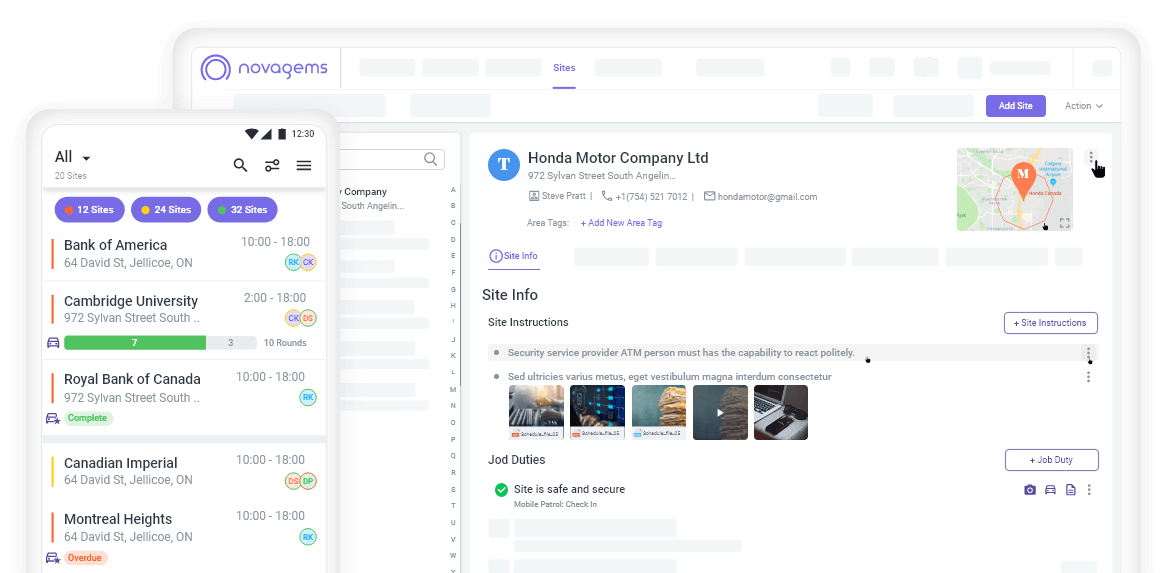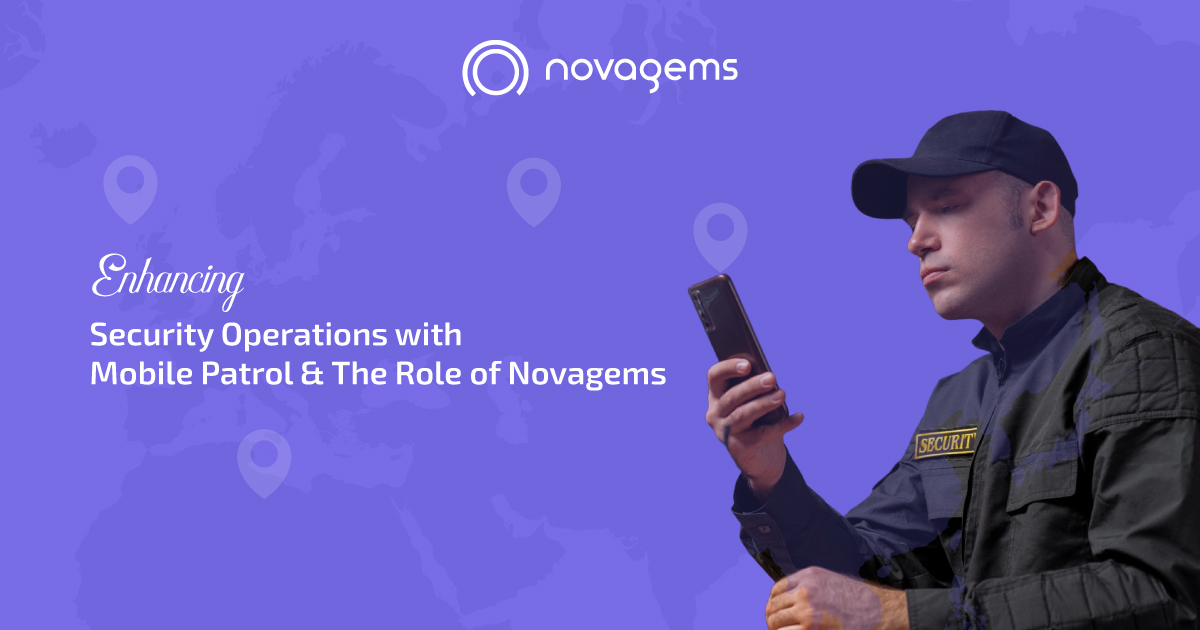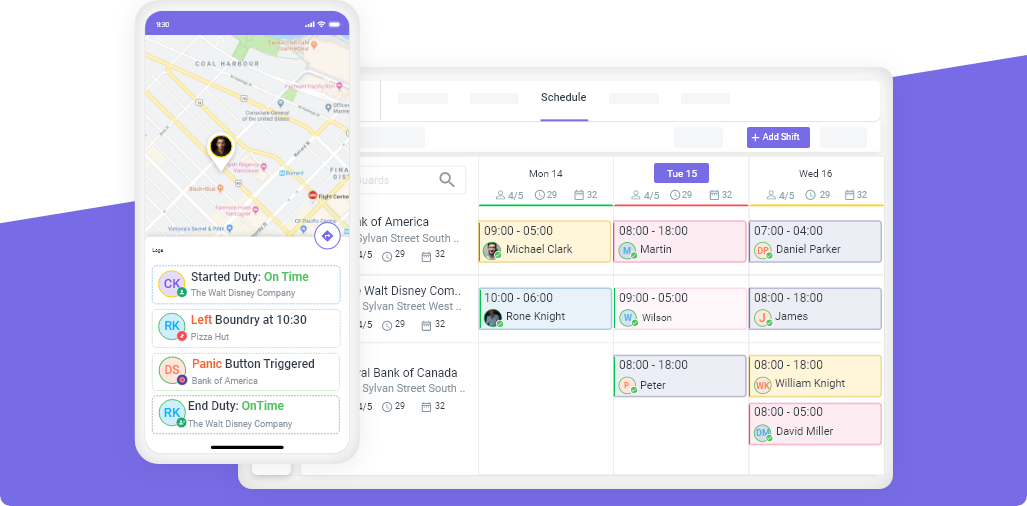What, Why, and How Of The Workforce Management System!
Published on: Thu, Dec 31, 2020
Read in 12 minutes
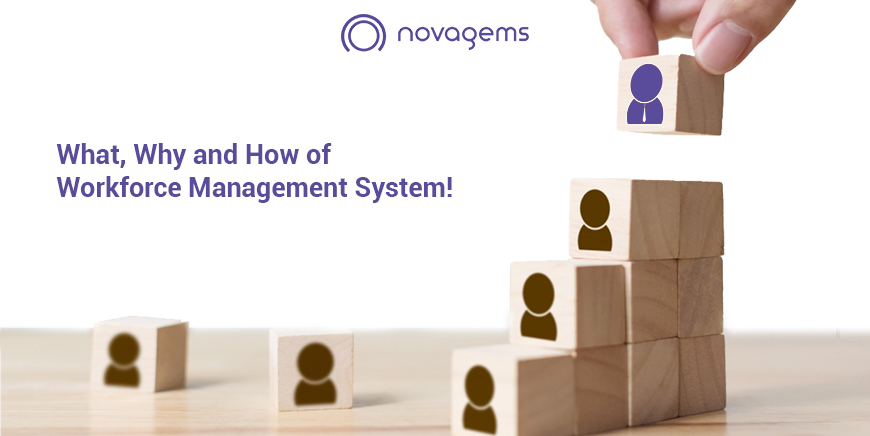
Creating and Managing a Diverse Workforce is a Process, Not a Destination!
Management has always remained the core of a successful business. With right management, any business, irrespective of its nature, has thrived and achieved its common goals of success and profitability. The security business is no exception as the need for Workforce Management in the security business is imperative. Right management and organization allow security businesses to plan, execute and balance the resources available and ensure that the organizational goals are achieved efficiently while maintaining work quality and customer satisfaction.
Right Focus on management helps security businesses achieve several goals including knowing the customers, utilizing resources, maximizing output, and service quality as well as maximizes profitability. When a company has the right management plan, everyone involved in the processes knows their roles and responsibilities which helps in the smooth functioning of the organization on the whole. Workforce Management allows a business to ensure that the employees are dedicated as well as accountable towards their job roles. It also means that supervisors have the means to ensure that the set protocols are being followed and that all the resources of the organization are being put to the best use.
While the traditional approach to Workforce Management has been lengthy involving a lot of paperwork and manual intervention, the advent of the Workforce Management System has simplified the processes.
This post describes the Workforce Management System and its efficacy in boosting business quality and profits. Let’s dig deeper into Workforce Management Solutions available for security companies and how they have helped the companies achieve their business goals.
What is a Workforce Management System?
Workforce Management System is a set of processes that allows a business to follow specific processes, unique to every business, aimed at boosting the productivity of the employees and the organization on the whole. Workforce Management includes forecasting the requirements of employees, creating and managing security guards schedules based on the services to be performed on a day-to-day or hour-to-hour basis.
Workforce Management was previously conducted with manual processes but the introduction of the Workforce Management app has made it more efficient and useful for the security guard companies.
Why is the Workforce Management System important?
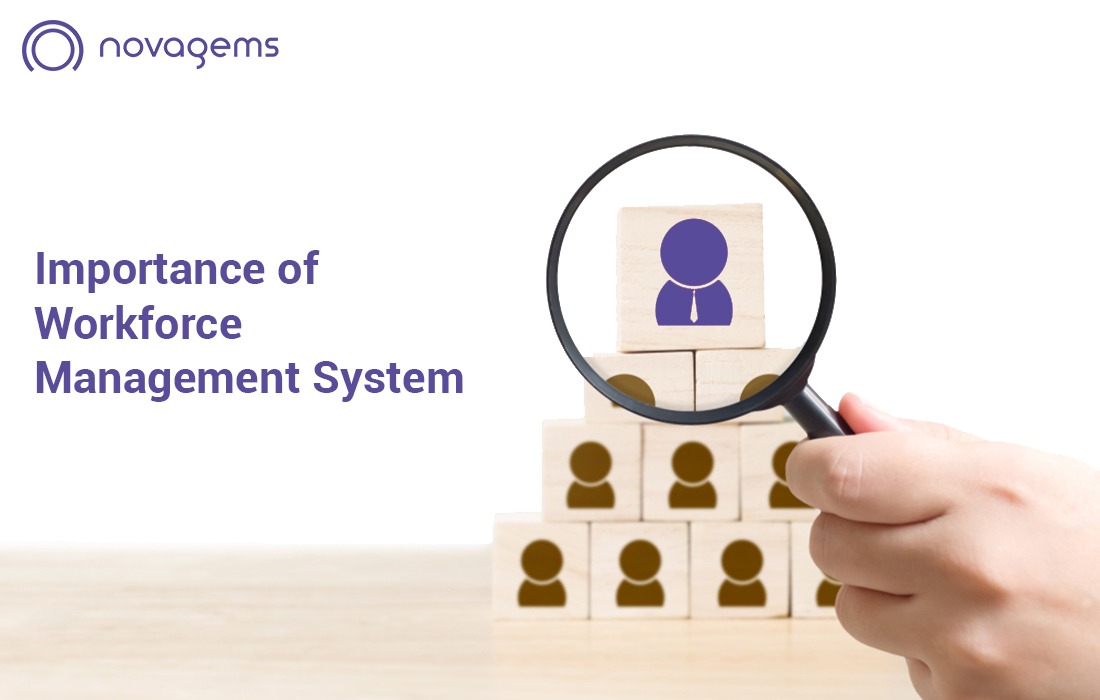
Workforce Management System has offered an array of benefits to security guard companies. Utilizing the resources optimally has always been a challenge for security companies and with the Workforce Management System approach, an equilibrium can be set. Businesses struggle to manage a range of business activities such as recruitment, payroll, employee performance, reporting, and continuous improvement. The Workforce Management approach pays attention to these aspects of organizational stability and offers simplified yet effective solutions. For instance software like Ceridian Day force HCM allow to maintain all HRM-related tasks in simpler clicks and ensure full efficacy of the organization.
Implementing an effective Workforce Management System can provide multiple advantages to businesses, making it a critical tool for organizations of all sizes. Below are the key reasons why workforce management is essential:
1. Cost Efficiency and Savings
A WMS helps businesses optimize staffing levels by reducing overstaffing or understaffing situations, which directly impacts labor costs. According to a report by Grand View Research, the global workforce management market was valued at USD 8.07 billion in 2022 and is expected to grow at a CAGR of 11.7% from 2023 to 2030 . By using WMS, businesses can avoid unnecessary overtime and ensure that the correct number of employees are scheduled at all times, leading to significant cost savings.
2. Improved Productivity and Efficiency
By automating scheduling and time tracking, WMS helps reduce administrative workloads and allows managers to focus on higher-value tasks. With real-time data, managers can quickly adjust schedules, address absenteeism, and ensure employees are being utilized effectively.
3. Employee Satisfaction and Retention
A WMS offers employees more flexibility with self-service scheduling and time-off requests, improving job satisfaction. A study by Gallup found that companies with highly engaged employees are 21% more productive and have 25% higher profitability. By offering transparent, flexible scheduling, businesses can foster a more engaged workforce, which in turn boosts retention and reduces turnover costs.
4. Regulatory Compliance
Staying compliant with labor laws is a major concern for businesses, especially as labor regulations evolve. WMS can track working hours, overtime, and break times, ensuring adherence to Fair Labor Standards Act (FLSA) and other compliance regulations. For example, the Workforce Management Software Market report by MarketsandMarkets highlights that businesses adopting WMS solutions will improve compliance and reduce penalties for non-compliance .
What is included in a Workforce Management System?
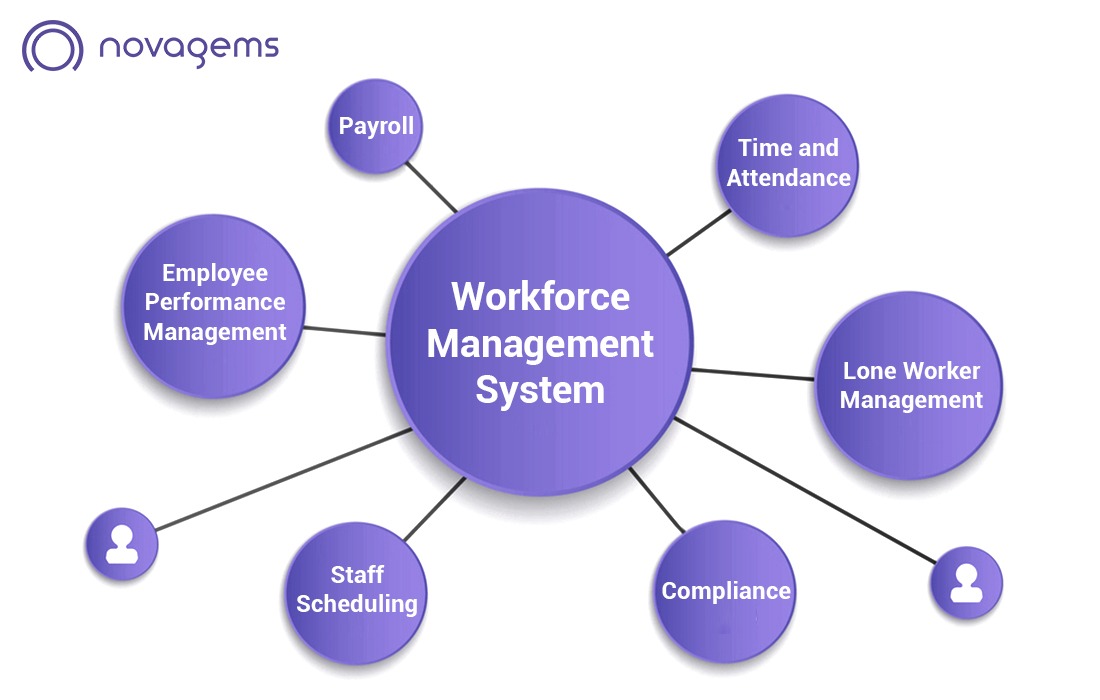
Workforce Management System is a broader form of HRM but with many modifications and additional inclusions. It comprises a range of activities each focused on optimal utilization of resources. Some of the critical processes included in the Workforce Management System includes:
- Staff scheduling:
Scheduling is a very critical aspect of workforce management. Businesses have to create specific schedules for security guards, based on a range of business variables including leaves, workload, absenteeism, availability, and more. Traditionally, a manual approach was followed for staff scheduling which was both time-consuming and prone to errors. The absence of effective Workforce Management Software this poses great risks to companies such as left bereft in time of critical needs.
- Time and Attendance:
Another crucial aspect of business profitability is time and attendance management. The Workforce Management enables companies to have a strategic approach that helps understand the attendance patterns and predict what lies in the future in terms of demand for additional employees, planned and unplanned absence, and more. The right set of tools and processes also allows security companies to manage shift data including time in and out reports and calculate man-hours for payroll processing.
- Employee performance management:
The Workforce Management System approach focuses on providing insights into the business to companies. Security guard companies can assess the guard’s engagement levels and identify what drives the employees towards more accountability and productivity. Besides, an individual’s record of performance allows security guard employers to identify hardworking employees and reward them accordingly. Similarly, it allows reprimanding poor performers. For example, Novagems allows supervisors and managers to track security guard movements and ensure dedicated service. The GPS technology enables locating security guards at the client’s site boosting security as well as accountability in guards.
- Compliance:
Compliance is a very critical aspect of the security business. If you do not have a compliant security guard force and documents in compliance with the local and national industrial regulatory laws, the legitimacy of your business can be compromised. Non-compliance can further expose you to fines and employee lawsuits. Workforce Management Solutions can help you track security guards licenses and other internal and external compliance aspects.
- Payroll:
Payroll processes can be automated with a Workforce Management System. The custom reports that are error-free ensure accurate payroll management which boosts the efficiency of the organization on the whole. From instant payments to shift management and synchronization of timesheets with the payroll process, all tasks can be done quicker and more effectively.
- Lone worker management:
In the security industry, lone worker management is of great importance. The incident reporting system of modern Workforce Management Solutions allows security guards to raise a panic alert as well as report incidents in real-time. This allows supervisors to relate instructions and record the cases for future references.
Key Features of a Workforce Management System
A comprehensive WMS includes several components to manage the workforce effectively:
1. Employee Scheduling
Scheduling is one of the most critical functions of a WMS. It helps automate shift assignments, taking into account employee availability, skills, and legal requirements. By utilizing algorithms, businesses can create optimized schedules that minimize downtime and avoid overworking employees.
2. Time and Attendance Tracking
A WMS tracks employee clock-in and clock-out times, recording hours worked for accurate payroll processing. It also helps track absenteeism, overtime, and holiday hours, ensuring that businesses are in compliance with labor laws and that employees are paid accurately.
3. Performance Management
A workforce management system helps monitor employee performance, providing managers with data-driven insights to optimize individual and team performance. This feature includes performance reviews, feedback, and metrics such as employee productivity.
4. Analytics and Reporting
A WMS generates detailed reports on employee performance, attendance, and labor costs, providing actionable insights to help managers make informed decisions. These reports can highlight trends, identify areas for improvement, and help businesses optimize workforce utilization.
5. Compliance Tracking
Compliance management tools within a WMS ensure businesses are adhering to labor laws, union agreements, and company policies. Automated alerts and reporting features help businesses remain in compliance with regulations such as overtime laws and paid time off policies.
How to Implement a Workforce Management System
Implementing a Workforce Management System requires careful planning and consideration. Here are the key steps for a successful implementation:
1. Assess Your Business Needs
Before choosing a WMS, evaluate your business’s unique challenges. Do you need a system that focuses more on scheduling, time tracking, or performance management? Understanding your needs will help you select the right solution.
2. Select the Right Software
There are several workforce management software solutions available, each catering to different business sizes and industries. Choose one that integrates with your existing HR and payroll systems and provides features tailored to your business needs. Some popular solutions include Kronos, ADP Workforce Now, and UKG Ready.
3. Train Your Employees
To maximize the effectiveness of a WMS, your employees must be properly trained on how to use the system. This training should cover scheduling, time tracking, and self-service features. Ensuring your staff understands how to navigate the system will make the transition smoother.
4. Integrate with Existing Systems
A WMS should be compatible with your existing HR, payroll, and accounting systems. Seamless integration between systems ensures that data flows smoothly and reduces the risk of errors.
5. Monitor and Optimize
After implementation, it’s essential to monitor the system’s performance and make adjustments as needed. Collect feedback from employees and managers to identify areas for improvement and ensure that the WMS is functioning as expected.
Some Frequently Asked Questions About Workforce Management Software
- How does workforce management software integrate with other systems?
Workforce management systems often integrate with other HR systems, such as payroll. This integration ensures seamless exchange of data between systems, eliminates manual data entry, and enhances accuracy. It allows employee data, time records, and scheduling information to flow smoothly across different platforms.
- Is workforce management software suitable for all types of businesses?
Workforce management software can be beneficial for businesses of various sizes and industries. Whether you have a small team or a large workforce, the software can help optimize scheduling, track attendance, and manage tasks efficiently. It is particularly valuable for industries with shift-based work, multiple locations, and complex scheduling requirements.
- How long does it take to implement a workforce management software?
The implementation time for workforce management technology can vary depending on the complexity of your organization’s processes and the scope of the software. It can range from a few weeks to several months. Factors that influence implementation time include system configuration, data migration, user training, and customization requirements. While choosing a workforce management system for your organization make sure you choose the system that works best for you. Organizations often choose the systems that are easy to implement.
- Can workforce management software help with compliance and labor law regulations?
Yes, workforce management system software can assist with compliance and labor law regulations. It helps organizations accurately track employee time, manage breaks, monitor overtime, and ensure adherence to labor laws and regulations. It also facilitates the generation of reports and data needed for compliance audits.
Why use a Workforce Management System?
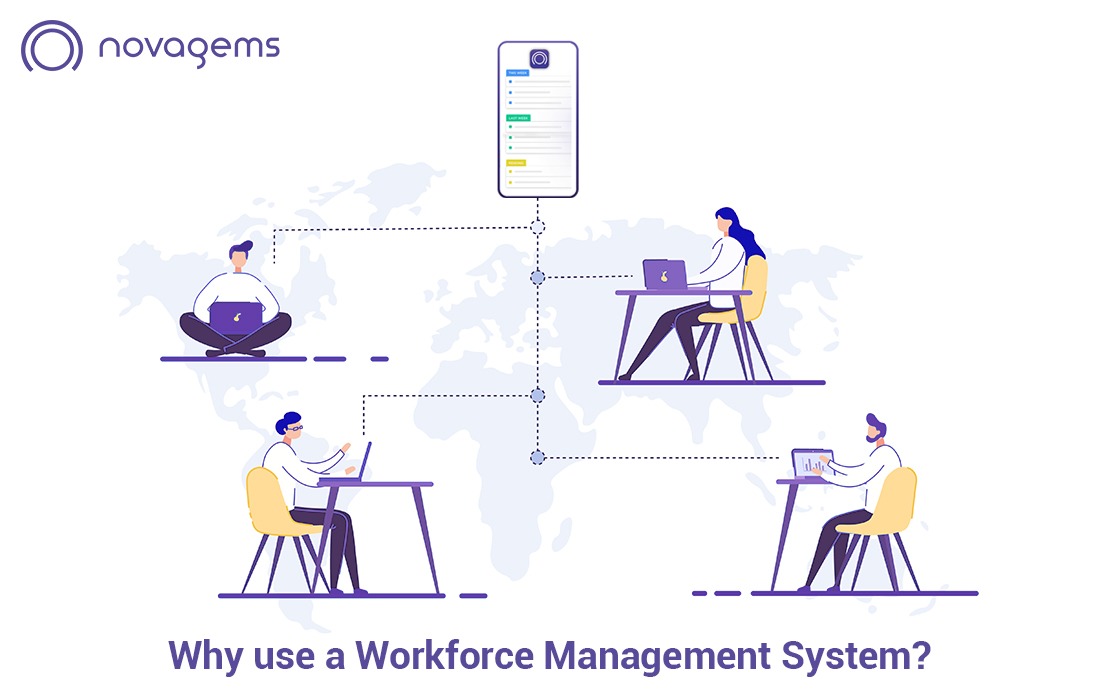
The benefits of Workforce Management Systems are plenty ranging from improved workforce productivity, enhanced shift and schedule planning, robust performance management system, improved client services, and uncompromised compliance.
Because of these Workforce Management System benefits the software proves highly useful for sectors involving time and nature sensitive tasks such as the security industry. It boosts overall business productivity while adding credibility and profitability to the business’s account.
Key benefits of a Workforce Management System:
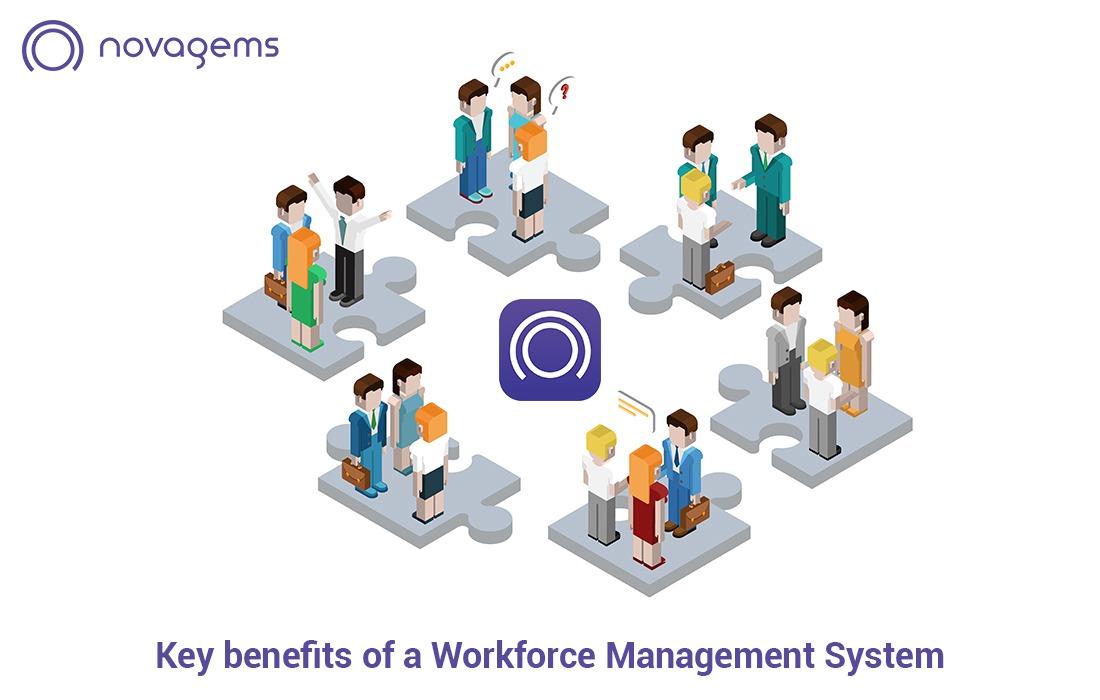
- Enhanced payroll efficiency as time and labor-intensive tasks can be completed in lesser time and errors.
- Better insight into workforce engagement, job assignment, attendance, productivity, and performance. This helps in identifying the need for training as well as loopholes in the processes
- Optimum utilization of resources such as time, money, and efforts.
- Audit-ready reporting system to save time and errors and maintain the company in a compliance-ready stage.
- Robust leave and absenteeism management system to forecast employee requirements in the future.
- Boost in security guard accountability and thus performance which further contributes to a boost in productivity of the organization.
Workforce Management Software
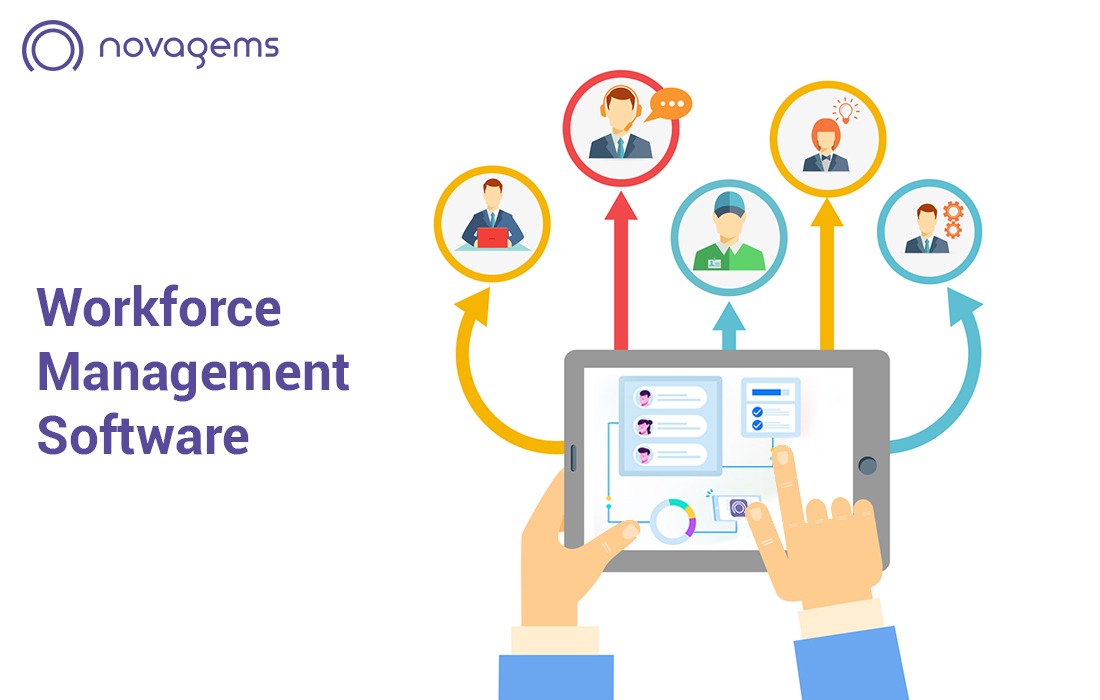
The arduous, manual tasks of managing employees, achieving daily goals, and ensuring service quality have been simplified significantly. With the right workforce management app, businesses can gain insights into the business metrics and calculate the right number of security guards required for a client site to carry out assigned duties as well as monitor and evaluate security guard’s performance.
The modern Workforce Management Software features cover all aspects of employee management and contribute greatly towards organizational growth and profitability.
Workforce management - Past and Present!
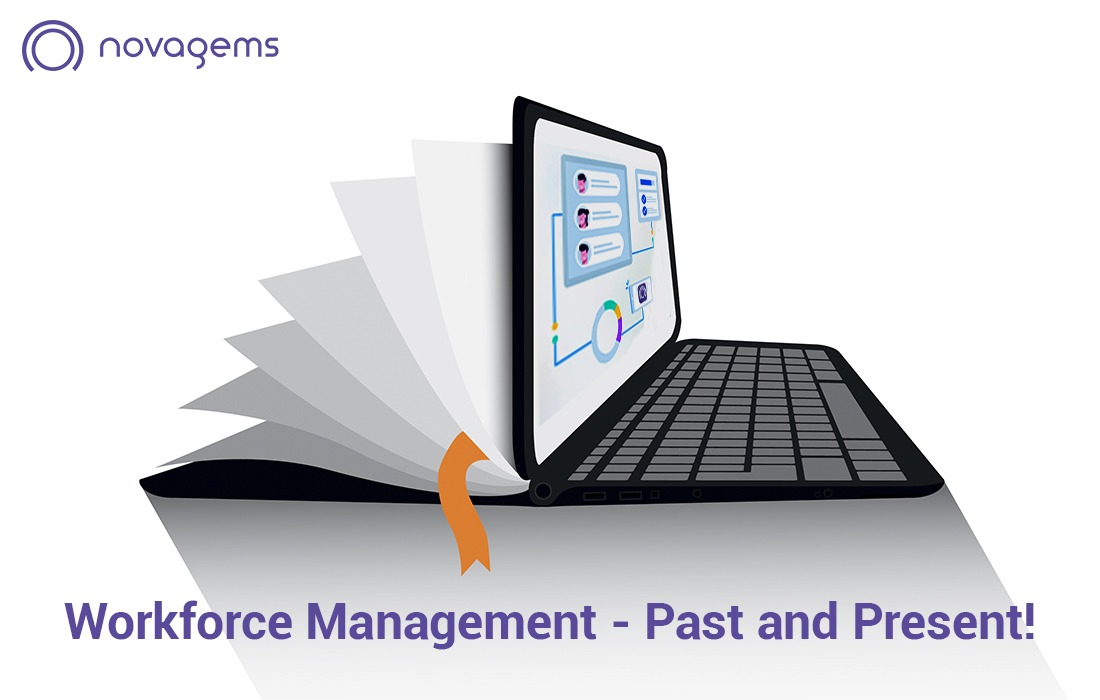
It is important to note that Workforce Management is not a new concept. Companies in the past have used a range of systems and technologies to automate their processes. However, modern Workforce Management Solutions are more advanced.
The revolution started with time and attendance management systems which automated the crucial processes. It was soon spread to payroll processing and today almost all aspects of business processes and organization are effectively covered under reliable Workforce Management System features.
A common question to ask is What does a Workforce Management System do? It is evident with the above mentioned information that modern Workforce Management systems like Novagems support all aspects of a security system. from GPS Tracking to incident reporting, Shift scheduling to client management as well as time and attendance management, Workforce Management System works as a one-window solution for security business’s needs.
It is the right time to invest in a Workforce Management System and boost your business profits. The secret of a successful security business is management and organization and Workforce Management Apps allow you to attain the goal with full efficacy.
Get a Free Trial
Sign up For Newsletter
Latest Blog Posts
Get Started
Start being productive & grow your business
with Novagems
